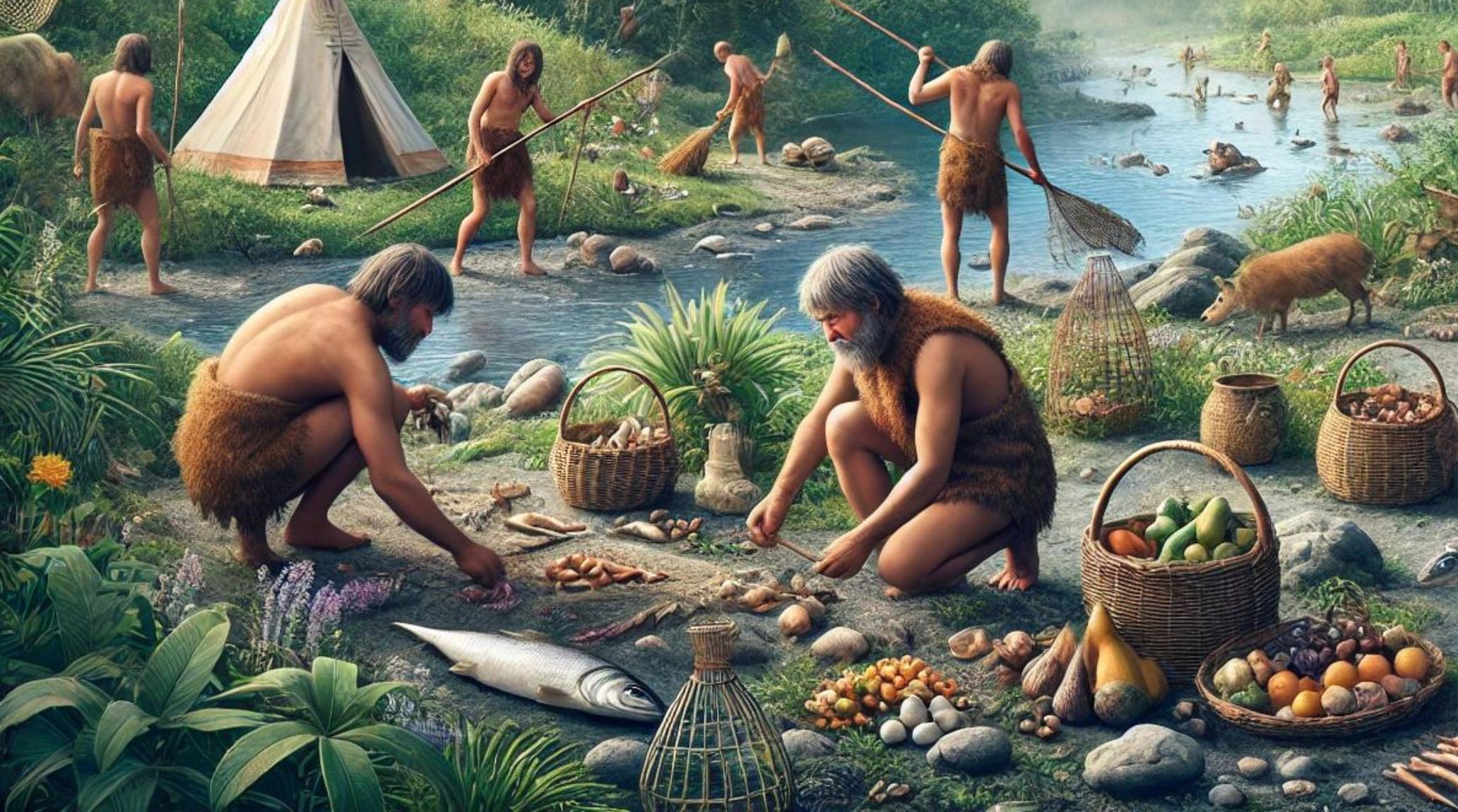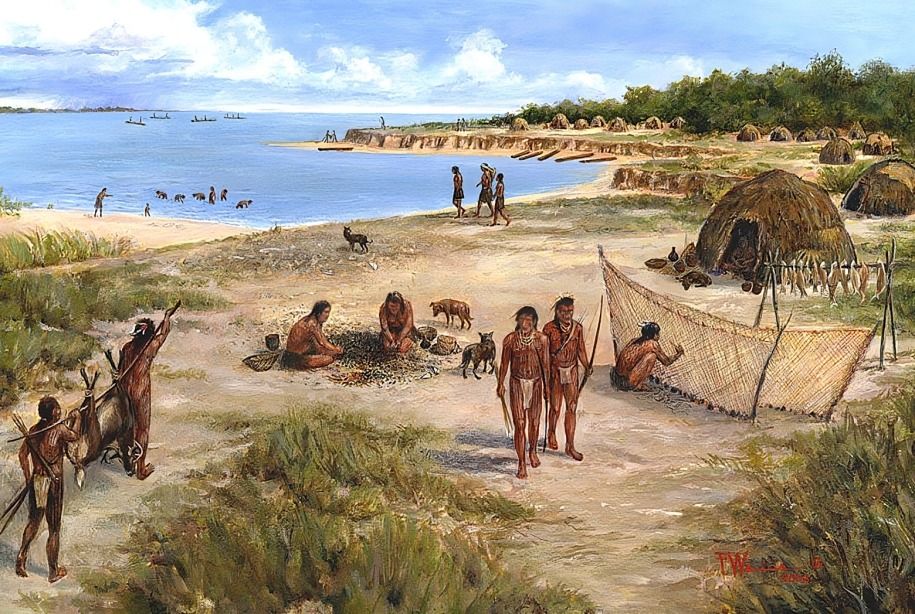
“
Fishing was a lifeline for Mesolithic communities, playing a vital role in their survival as they navigated new challenges brought on by environmental changes. The abundance of rivers, lakes, and coastal areas provided an essential food source, driving technological innovations and shaping the lifestyle of Mesolithic people.1
1
”
Fishing was a vital source of food for Mesolithic communities, often complementing hunting and gathering. People relied on rivers, lakes, and coastal areas to catch a variety of fish. 1
Mesolithic fishermen used simple yet effective tools, including harpoons, nets, and fish traps. These tools were crafted from materials such as wood, bone, and stone, showcasing early ingenuity in fishing techniques. 2
Archaeological findings indicate that fish remains from species like salmon, trout, and eels were commonly found at Mesolithic sites. This variety suggests that people adapted their fishing methods to local aquatic environments. 3
Seasonal fishing practices were common in Mesolithic societies, as communities followed fish migrations and spawning patterns. This knowledge was essential for maximizing catch during different times of the year. 4
Some Mesolithic communities constructed wooden fishing boats, allowing them to access deeper waters. These early boats enhanced their ability to catch fish and expand their range for foraging. 5
Evidence of fishing gear, such as woven nets made from plant fibers, has been discovered in Mesolithic sites. This indicates that fishing was a sophisticated and organized activity, rather than a casual endeavor. 6

Fishing played a significant role in the social structure of Mesolithic communities, fostering cooperation and shared responsibilities. Group fishing activities likely strengthened social bonds among members.
The use of weirs, barriers built in rivers to trap fish, was common in some Mesolithic communities. These structures demonstrated an understanding of fish behavior and the manipulation of natural resources. 7
Fish was not only a dietary staple but also had cultural significance in Mesolithic societies. Artifacts such as fish-shaped carvings suggest that fish held symbolic meaning beyond their nutritional value. 8
Mesolithic fishing practices reflected a deep understanding of local ecosystems. People knew which species were best caught at different times, allowing them to optimize their fishing success.9
Evidence from burial sites indicates that fish remains were sometimes included as grave goods. This practice may have reflected the importance of fishing in the individual's life and their community. 10
Fishing provided an essential source of protein, crucial for the health of Mesolithic populations. The dietary variety contributed to the overall nutrition of these early communities. 11

Fishing techniques varied regionally, adapting to the specific aquatic environments and available resources. This regional diversity showcases the ingenuity of Mesolithic peoples in their subsistence strategies.
Some Mesolithic groups practiced communal fishing events, where entire communities gathered to catch fish together. These events likely served both practical and social purposes, reinforcing community ties. 12
Fishing in the Mesolithic era was often seasonal, with specific times dedicated to harvesting different species. This seasonal approach ensured sustainable practices and avoided overfishing. 13
The presence of fish scales and bones in archaeological sites offers insight into the fishing practices of Mesolithic people. These remains help researchers understand the types of fish that were most commonly consumed. 14
Mesolithic communities often utilized riverine and coastal habitats for fishing, taking advantage of rich aquatic ecosystems. This strategic choice significantly contributed to their dietary diversity. 15
Knowledge of fishing techniques was likely passed down through generations, with skills shared among community members. This oral tradition ensured that effective practices were maintained and adapted over time. 16
The Mesolithic period saw the beginning of fishing as a more organized and specialized activity. The development of tools and techniques reflects a significant cultural shift toward resource management. 17
Mesolithic art sometimes depicted fishing scenes, showcasing its importance in daily life. These representations provide a glimpse into the cultural and social significance of fishing in these ancient societies. 18


